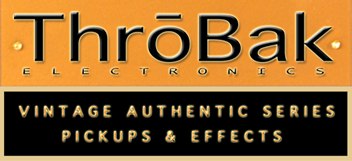I have the following Heyboer PT that is in need of a proejct:
Heyboer Hy022772 PT
HV is 370-0-370 @ ~.060mA (probably more like .075mA)
6.3v @ 1.5 Amp and 5v @ 2.5 Amp
Originally, I had this in a scratch build 5f1 but the plate voltage was way high (400+). I couldn't bring it down with a bias resistor, so I ended up swapping it out for something closer to spec. Everywhere i look it says this PT is used for champs and princetons, but I just couldn't make it work in my build.
I though maybe a 5e3 circuit, but from what I've read, the voltage is in the ballpark, but not sure about the current. Any thoughts?
Heyboer Hy022772 PT
HV is 370-0-370 @ ~.060mA (probably more like .075mA)
6.3v @ 1.5 Amp and 5v @ 2.5 Amp
Originally, I had this in a scratch build 5f1 but the plate voltage was way high (400+). I couldn't bring it down with a bias resistor, so I ended up swapping it out for something closer to spec. Everywhere i look it says this PT is used for champs and princetons, but I just couldn't make it work in my build.
I though maybe a 5e3 circuit, but from what I've read, the voltage is in the ballpark, but not sure about the current. Any thoughts?



